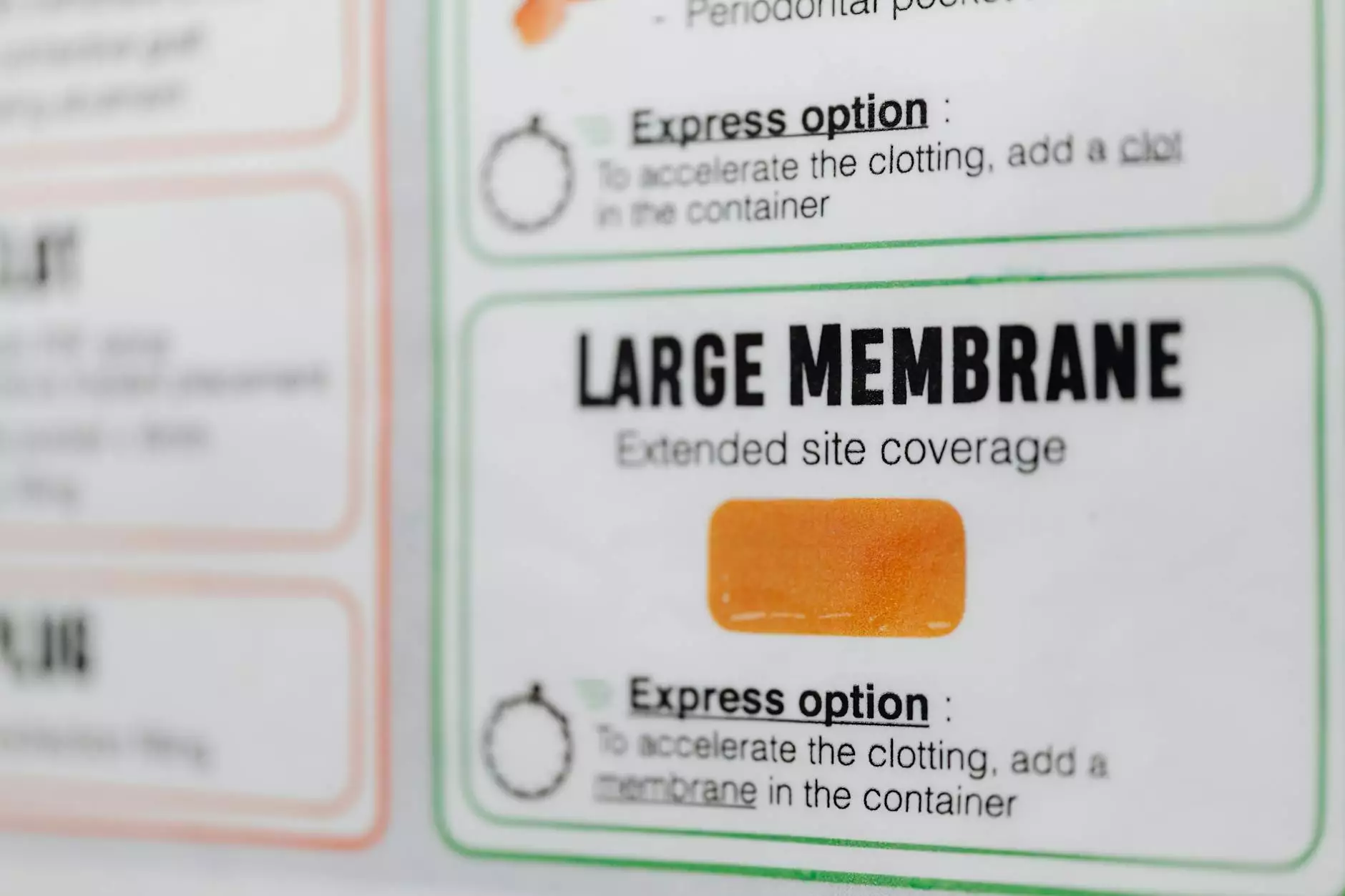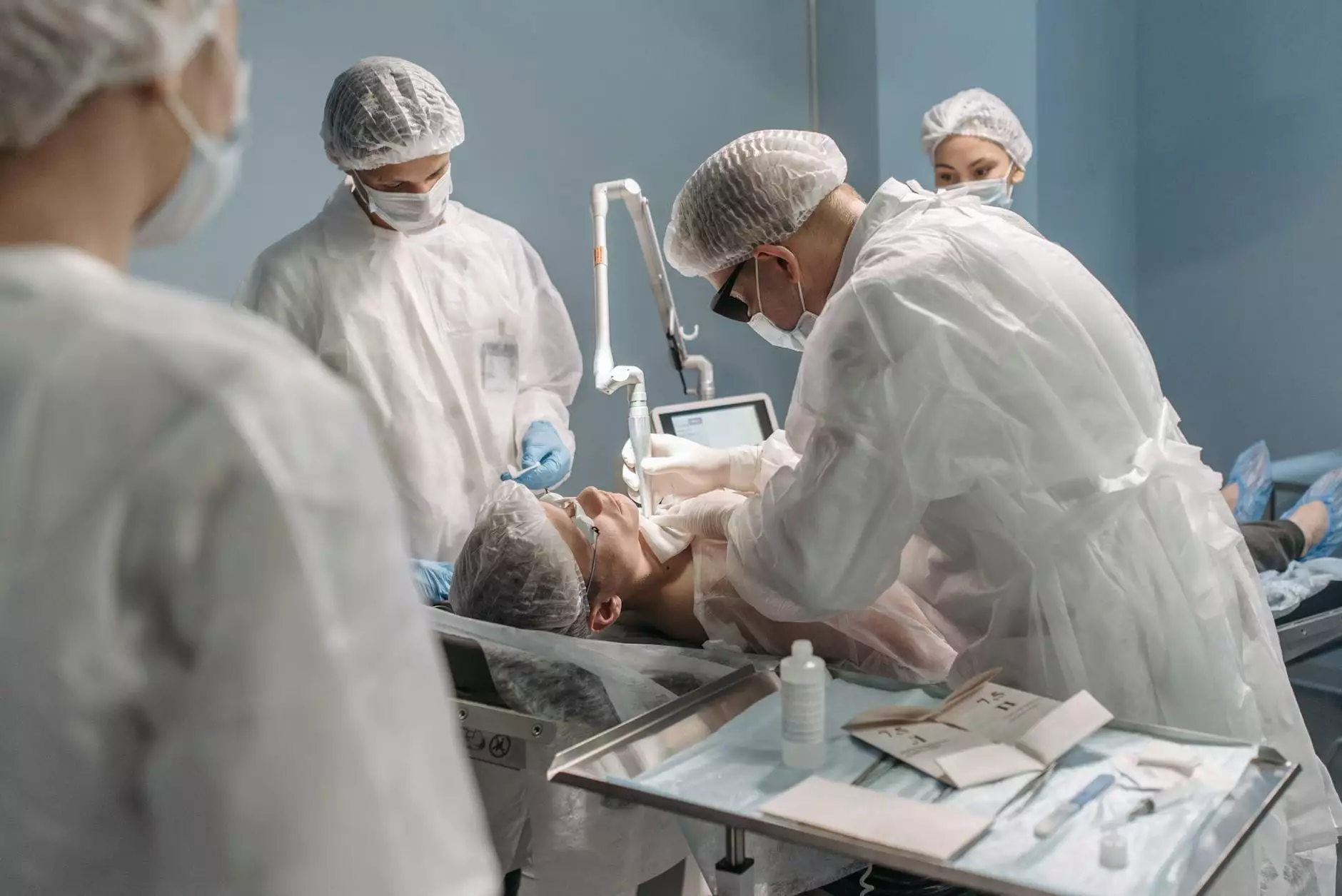Identifying Early Signs of Blood Clots in the Leg: A Comprehensive Guide

Blood clots can pose significant health risks, and understanding early signs of blood clot in leg is crucial for timely intervention. This article delves into the various symptoms to watch for, potential risk factors, and advice on how to seek medical help effectively.
What is a Blood Clot?
A blood clot, or thrombus, is a natural part of the body's healing process but can also become a serious medical issue. When a blood clot forms in a vein deep within the leg, it can lead to a condition known as Deep Vein Thrombosis (DVT). DVT is often silent, and when symptoms do appear, they can escalate quickly, impacting overall health.
Understanding the Early Signs of Blood Clot in Leg
Recognizing the early signs of blood clot in leg can be life-saving. Here are key symptoms to be aware of:
- Swelling: Sudden swelling in one leg may indicate a blood clot. This swelling is often accompanied by a feeling of heaviness in the affected limb.
- Pain or Tenderness: In the early stages, a blood clot may cause discomfort that feels like cramping in the calf or thigh.
- Red or Discolored Skin: The skin over the affected area may take on a reddish or bluish hue.
- Warmth: The area around the clot may feel warm to the touch compared to surrounding regions.
The Importance of Timely Diagnosis
Early detection of blood clots is vital for effective treatment. If you notice any of the symptoms mentioned, it is imperative to seek medical assistance promptly. Delaying treatment can lead to serious complications, including pulmonary embolism, which occurs when a clot dislodges and travels to the lungs.
Risk Factors for Blood Clots
Certain factors increase the likelihood of developing blood clots. Understanding these can help you assess your risk and motivate preventive measures.
- Prolonged Immobility: Long periods of sitting or standing can slow blood flow and increase clot risk.
- Recent Surgery or Injury: Trauma can damage veins and trigger clot formation.
- Certain Medical Conditions: Conditions like cancer, heart disease, and autoimmune disorders can increase clotting risk.
- Aging: Older adults are at a higher risk, particularly those over 60.
- Obesity: Excess body weight can put additional pressure on veins.
- Family History: A history of blood clots in the family may indicate a genetic predisposition.
- Smoking: Tobacco use adversely affects circulation and can lead to clot formation.
- Pregnancy: Increased hormone levels during pregnancy can affect blood clotting.
What to Do If You Suspect a Blood Clot
If you exhibit any of the early signs of blood clot in leg, here’s a step-by-step guide on what to do:
1. Seek Medical Attention
Contact your healthcare provider immediately. Ideally, visit a vascular specialist who focuses on issues related to veins and arteries.
2. Get Diagnosed
Your doctor will likely conduct a physical examination and may recommend imaging tests, such as:
- Ultrasound: A common test that uses sound waves to create images of blood flow.
- CT Scan: Offers detailed pictures of the veins and can assess clot presence.
- D-dimer Test: A blood test that checks for elevated levels that might indicate clotting.
3. Follow Treatment Plans
Upon diagnosis, treatment options may include:
- Blood Thinners: Medications that reduce clotting ability.
- Thrombolytics: Drugs that help dissolve clots if diagnosed early enough.
- Compression Stockings: To prevent swelling and reduce the risk of future clots.
- Invasive Procedures: In certain cases, procedures may be required to remove the clot.
Prevention Strategies
Preventing blood clots is key, especially if you're at higher risk. Here are effective strategies to mitigate this risk:
- Stay Active: Regular physical activity boosts circulation. Aim for at least 150 minutes of moderate exercise weekly.
- Hydrate: Drinking enough fluids enhances blood flow and prevents clotting.
- Avoid Smoking: Quitting smoking improves circulation and reduces clot risk.
- Manage Weight: Maintaining a healthy weight decreases stress on your veins.
- Wear Compression Gear: Especially during long trips or when sedentary for long periods.
Conclusion
Blood clots can be dangerous, but understanding the early signs of blood clot in leg allows for prompt action and potentially life-saving treatment. Educating yourself about the symptoms and risk factors, seeking immediate medical attention when symptoms arise, and adopting preventive measures are essential steps in safeguarding your health.
Additional Resources
For further information, consider consulting reputable medical websites or contacting a vascular specialist:
- Truffles Vein Specialists
- Mayo Clinic
- Centers for Disease Control and Prevention (CDC)



